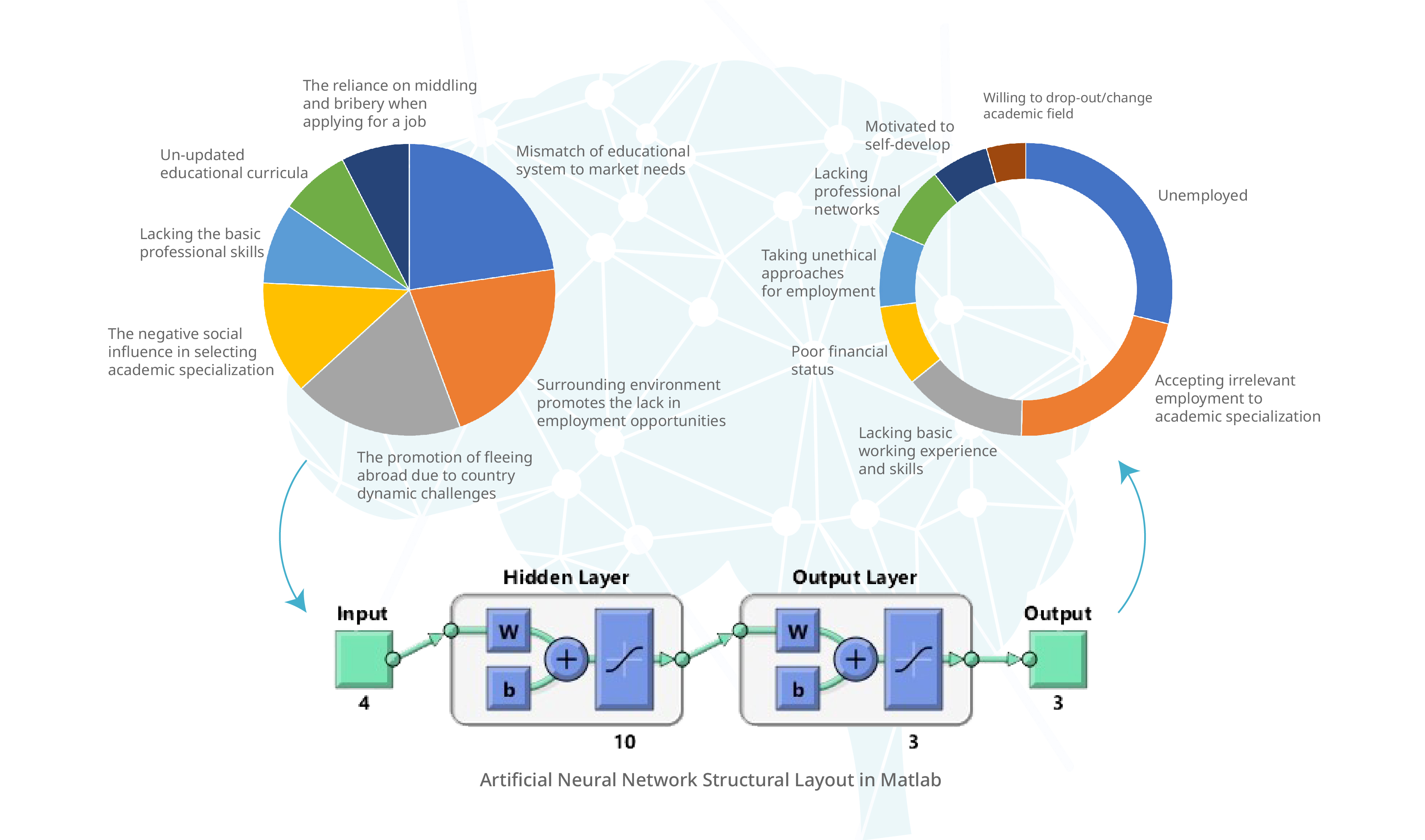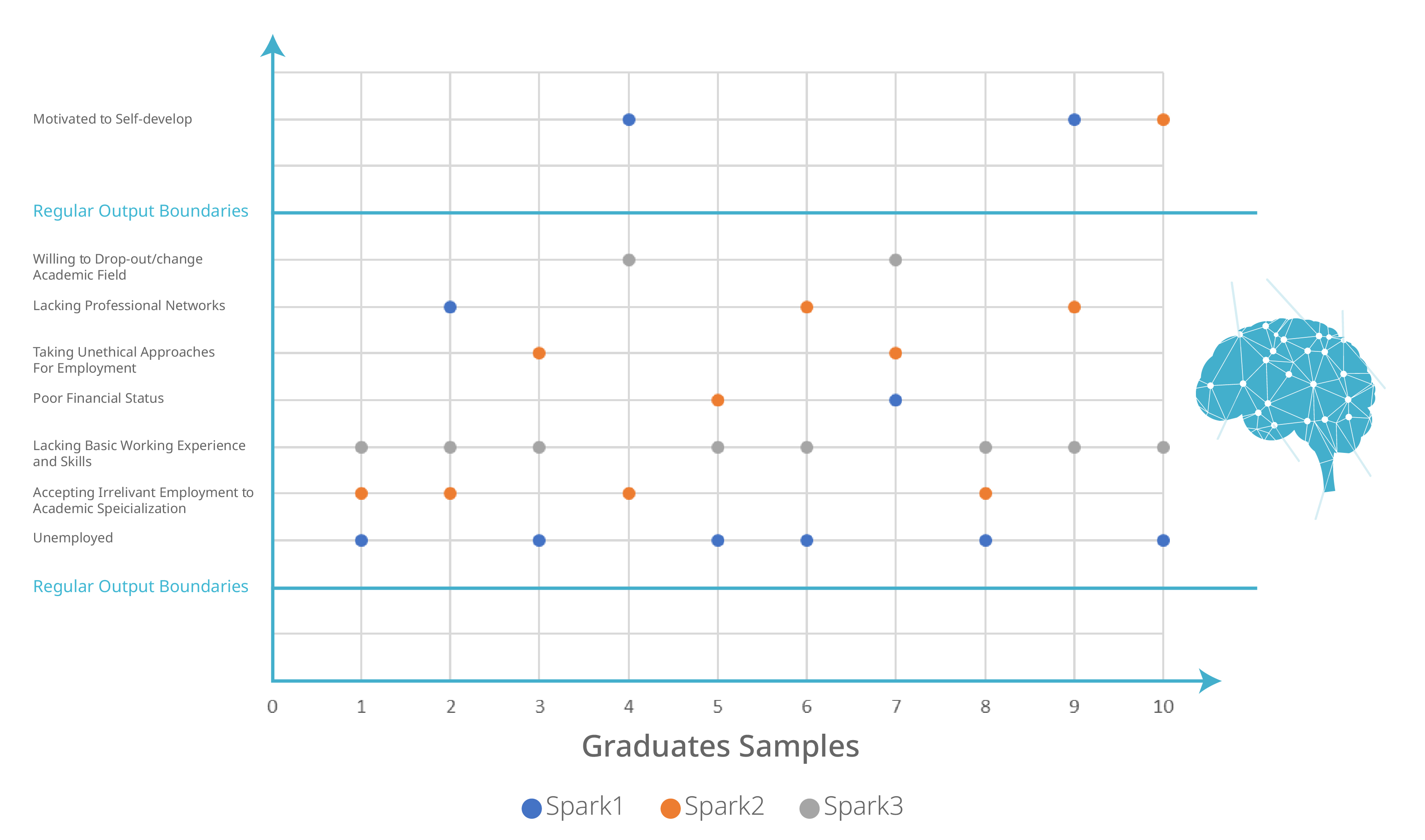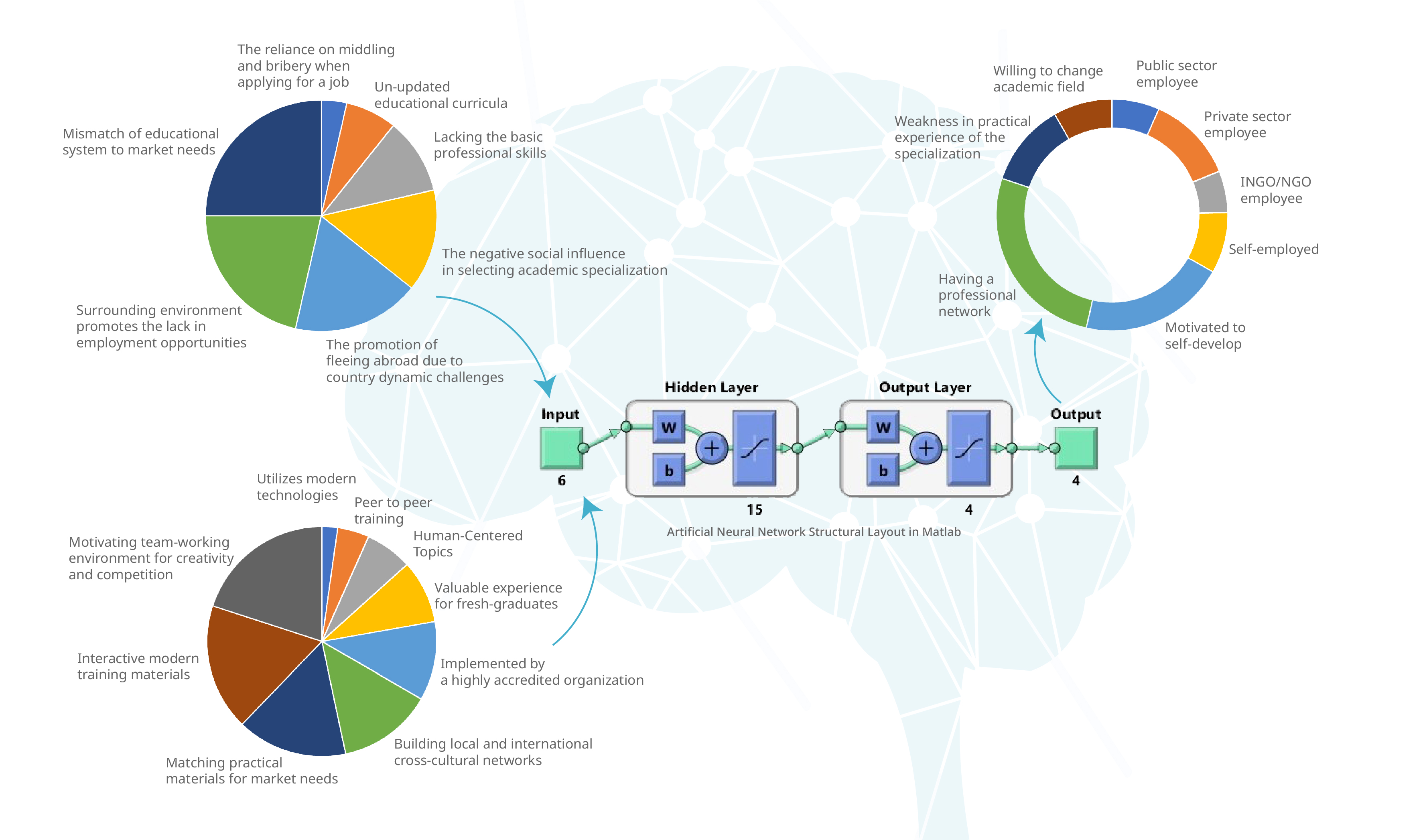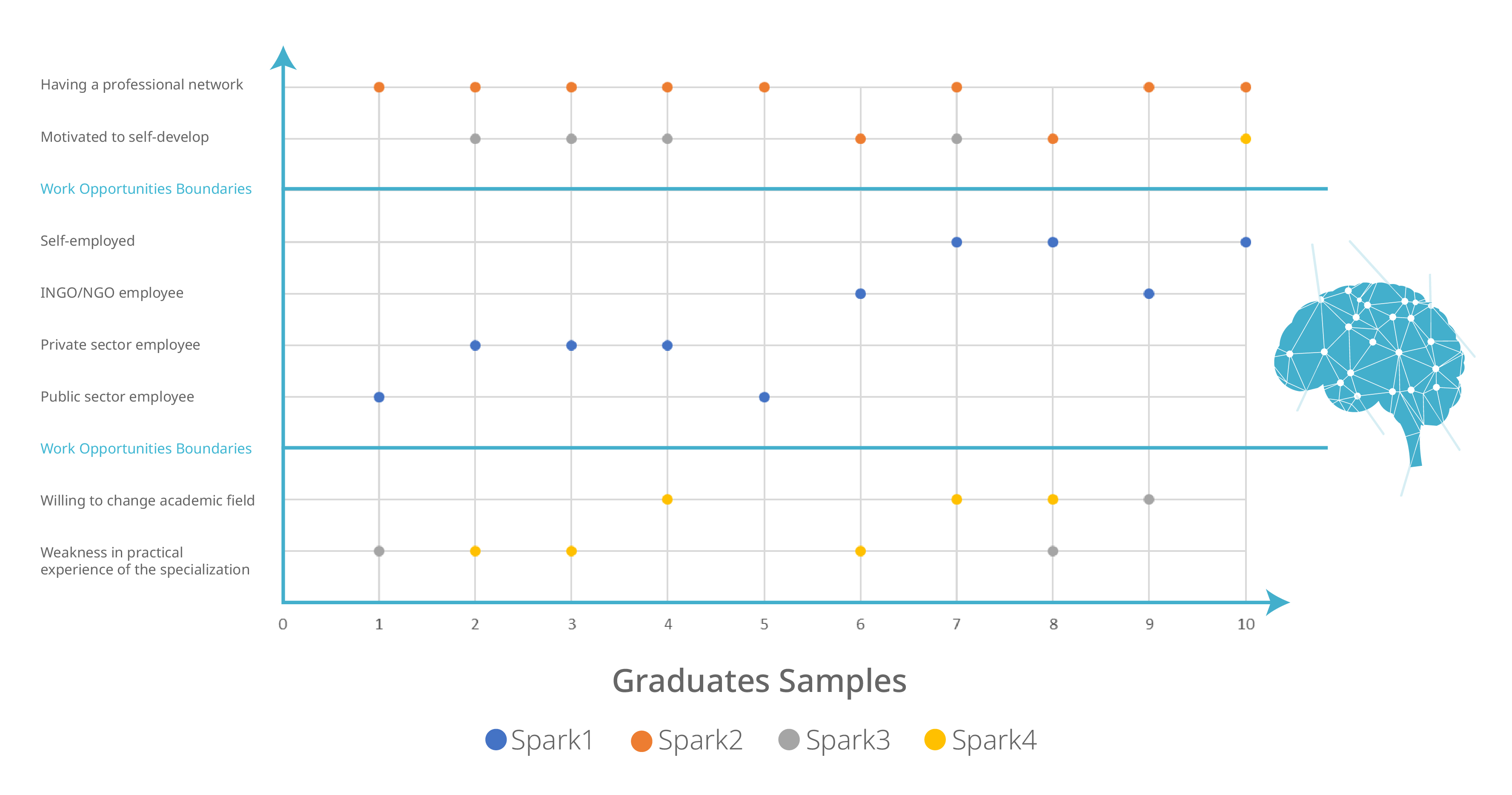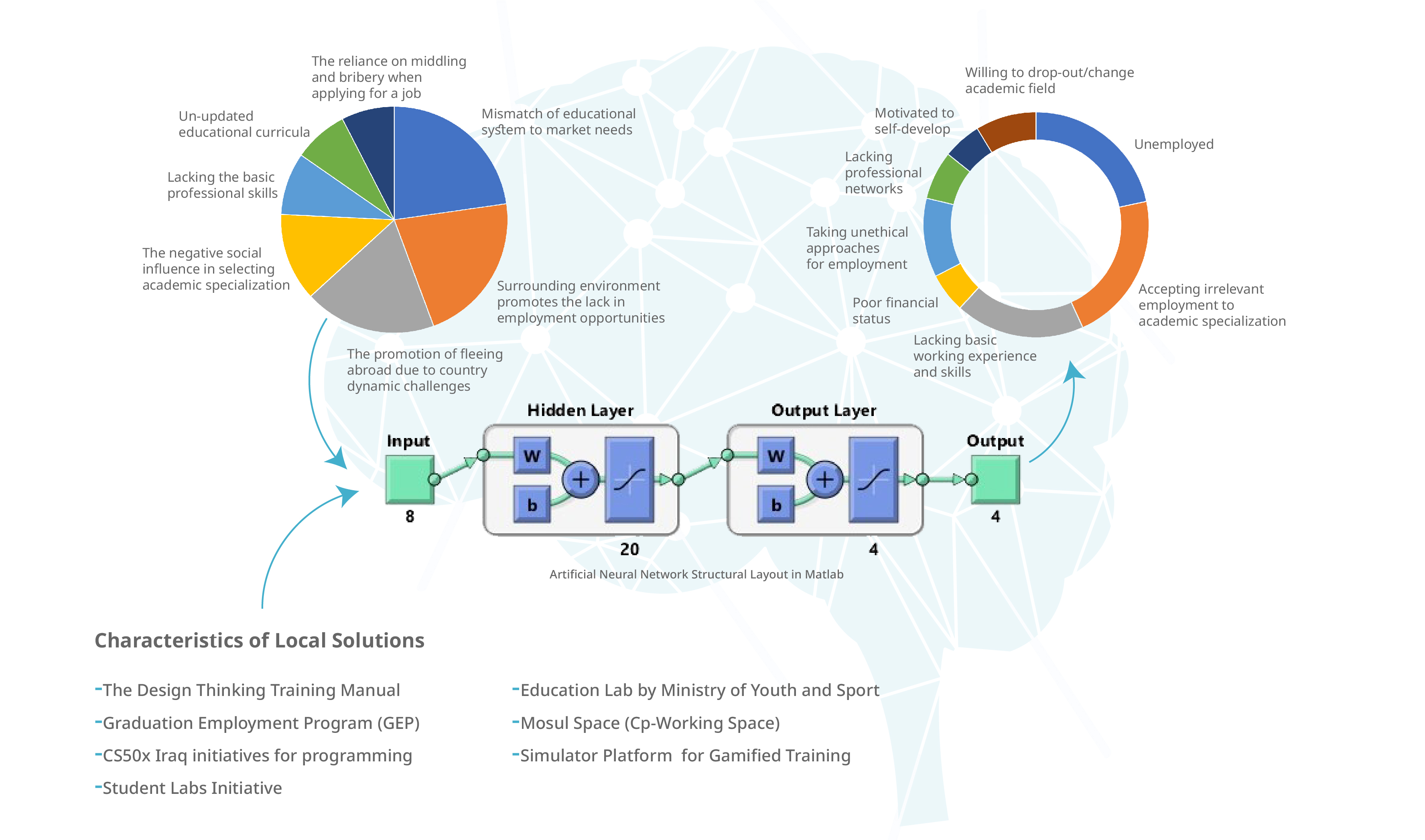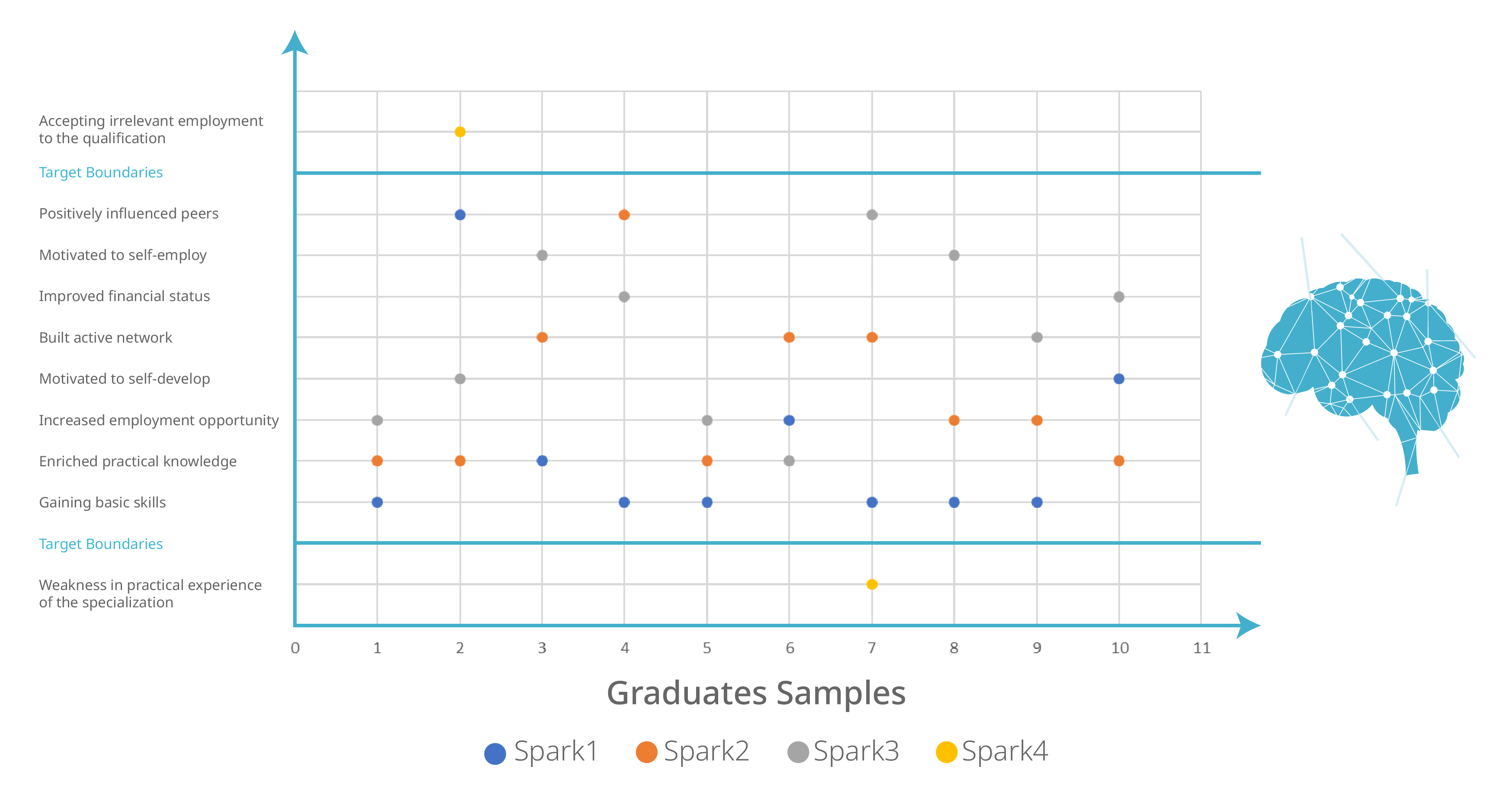Artificial Neural Networks Simulation in Identifying Local Solutions in Iraq
November 30, 2020
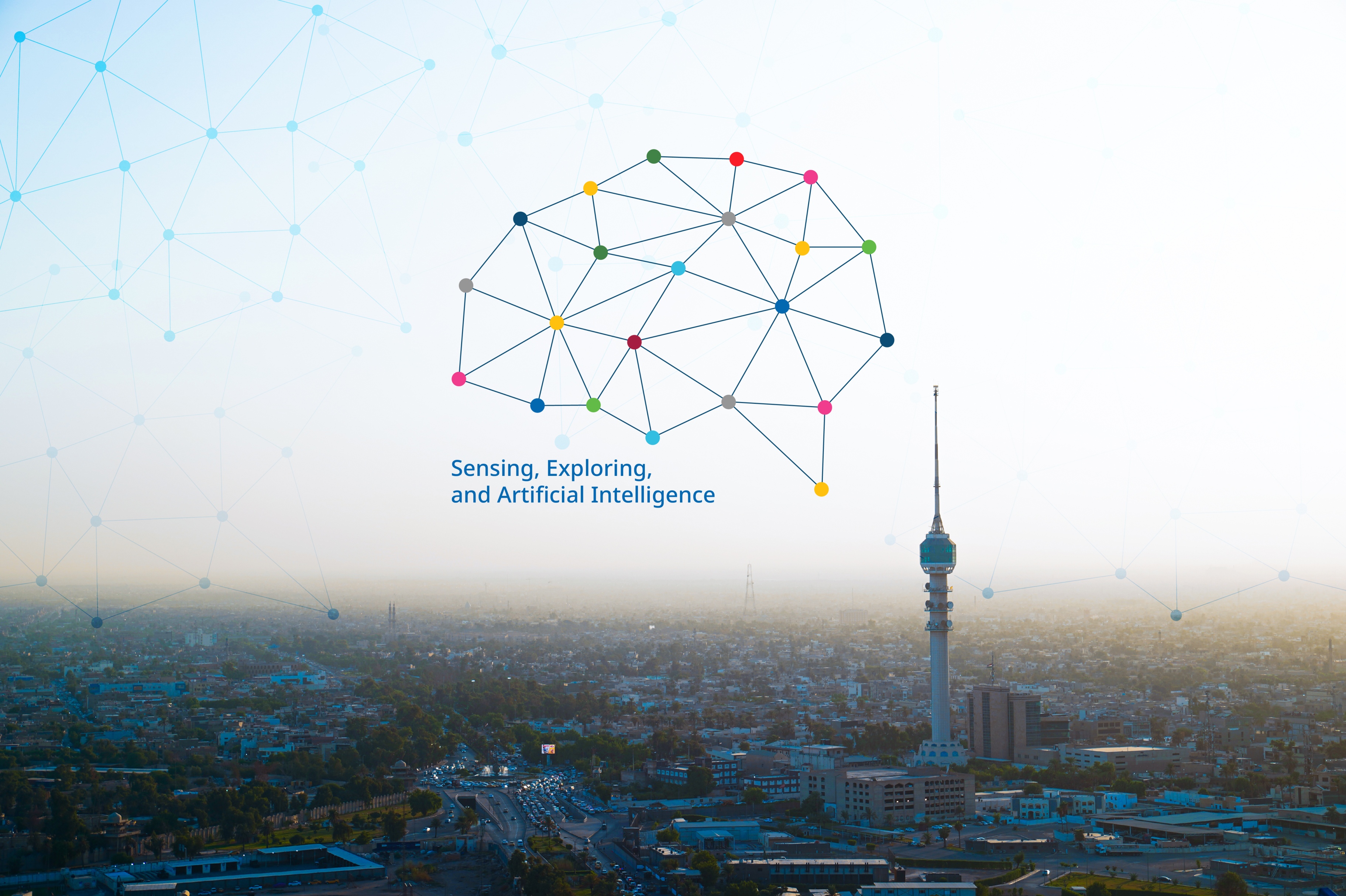
Remember when you were a child, thirsty for creativity and eager to learn new things? Do you remember seeing the sky, making shapes and figures out of the clouds and stars, or the cardboard box that you could turn easily into a spaceship or a robot? As you grew up, your imagination started to get in shape of other’s ideas, the box is rationally now just a box.
As humans, we are highly acquisitive creatures, our brains are designed to act and interact according to a set of data (memories, actions, rules, norms, traditions. education, religion, politics, and much more) collected from our surroundings and installed into our brains. These data in fact shape our personality and influence our career paths and opportunities.
The actions and decisions humans take are a result of the surrounding environment the human brain integrates and interacts with. Looking at the issue of the tunnel-vision of employment in Iraq among youth from a bird’s eye, we observed that their brains are saturated with ideas and inputs from the surrounding environment but focusing mainly on the challenges of employment rather than the potential skills development and employment opportunities. Our previous work on tunnel-vision of employment informed that the challenges of youth and unemployment are well defined and already on the table for almost everyone, including the freshly enrolled students in universities, who have already had their brain saturated with these beliefs.
This belief-based mindset is generating social patterns that most Iraqi youth may live within and may leave when a differentiating factor is applied to their life concluding in either enforcing or demotivating their development potentials. These complex challenges require pain-focused solutions. In search of the solutions, The UNDP-Acc Lab in Iraq conducted different sensing, exploring and experimenting activities using Collective Intelligence, Foresight Framework, Behavioral Insights, Design Thinking Methodology, and Systems Thinking Methodology, resulting in mapping more than 100 local solutions.
Now, we need to figure out what type of these 100 local solutions can work best for these saturated brains to tackle the mentioned challenges.
Simulating the reality of youth and unemployment in Iraq
As a solutions mapper, I invested in the Artificial Intelligence (AI) techniques as a method to simulate the reality of youth and unemployment to support the UNDP country office in sensing and exploring the solutions required to be embedded within the upcoming projects. It is worth noting, when we took a look at the existing analyses, reports and data, collected by different operating stakeholders and influentials in responding to unemployment challenges among youth, we found mainly that the vast majority of them share the points related to analyzing the political and economic situation in the country, and identified a need to focus on the psychological aspect and the impact of the surrounding factors on the graduates psyche, brain structure, and interaction with the employment opportunities, and what they truly feel.
Hence, we approached 710 youth from across the country, divided into students, unemployed and employed graduates, and youth who participated in the experimented local solutions mapped by the AccLab to simulate their brains using the Artificial Neural Networks (ANNs) based on real data collected through a survey.
Artificial Neural Networks are built like the human brain, with neuron nodes interconnected like a web. They are a piece of a computing system designed to simulate the way the human brain analyzes and processes information. In this blog, we used the Back-Propagation Algorithm training method of ANN in MATLAB 2014b.
The first simulation: The journey of unemployed graduates
Growing up in Iraq, dreams of becoming an engineer, a pilot, a teacher, a scientist and an artist get filtered according to the surrounding environment’s thoughts and experiences, standardized against the political, economic, and sociological structures. For example, when we simulated the first category that consists of 210 unemployed graduate youth brains in our ANN system, we noticed that they were completely saturated with the overrated realistic negative ideas about the future of employment in Iraq. For instance, their families, school teachers, and adults promote the huge gap between the educational system and the market needs, the unstable political and economic situation, and more inputs that we can see in the Pie chart below at the input stage of the ANN system.
Living with these overrated realistic negative ideas (challenges of employment) affected the sample in this model and cornered the graduates in their comfort zone with saturated braines, while preventing them from taking initiative to participate in the life changing opportunities. For example, If we take 10 samples from the ANNs system outputs, we will see that a 70% of them did not experience the employment, lacking access and interest in joining the self-development opportunities, and lacking the basic working skills as we can see in the chart below. While the shocking fact is that a higher percentage have either accepted employment irrelevant to their academic fields, dropped out of college and took common inappropriate methods to sustain stable income, which is unexpected from this educated segment.
The Second Simulation: The journey of employed graduates
Differences in human brains are the main trigger for innovation, development, and is the base for structuring our human communities. To understand a different category of people within the scope of youth and employment, we simulated 129 employed graduate youth brains in our ANN system, we found out that they had similar environments of growth during their childhood, school, and academic life, including the economic and the political influence as the simulation in case 1. In other words, they experienced a similar loop. Yet, the employed graduated youth had an intervening life-changing event that broke the loop. These exposed youth were later more open to living their skills up to the market needs, and they were later employed.
This loop was broken by the training and exchange programs, events, internships, summer training and voluntary activities that intervened in the lives of the graduated youth during their school and academic life. These loop-breaking elements had strengths that we defined in the Pie chart below as a second input for the ANN system.
We learned from this simulation that the youth whose brains are saturated with overrated realistic negative ideas about employment can be guided out of their comfort zone. By this exposure, they will be more open to self development, and will build a good understanding of the market needs and requirements. This results in having more employment opportunities, stable financial status, and more motivated brains to self-develop, which we observed among the 129 samples including 10 represented in the below chart. Those youth, when exposed to positive experiences, loop-breaking elements, led to success in their careers; those same elements, set of points and experiences that we analyzed, have been embedded in the local solutions we have identified.
The third simulation: The journey of applying the local solutions
In the Accelerator Lab, after the first and the second simulation cases, we built a good understanding of the local solutions that can work well with the saturated brains with the overrated realistic negative ideas. Now, we would like to study the effectiveness of seven identified local solutions by Accelerator Lab Iraq on the unemployed graduates of case 1, and see the potential for change in their surrounding environment.
We took the characteristics of the identified local solutions as second inputs for our ANN system based on case 2. These include: the motivating team-working environment for creativity and competition, interactive modern training materials, matching practical materials to market needs, building local and international cross-cultural networks, human-centered topics, peer to peer training, and the application of modern technologies.
This simulation resulted in surprising changes on the brains of unemployed graduates in case 1. As they resulted in similar living conditions and higher chances of self-development as listed in the below chart.
Takeaways
Similar to creativity, there are no uncreative people; there are only people who forgot how to be creative. Employment, like many other characteristics in our lives, can be absorbed and structured by the community rather than only the individual effort as we think, therefore, it can be grown and inspired from the surrounding environment.
In the Accelerator Lab Iraq, 71% of our local solutions tackling youth and unemployment are intangible in the shape of training projects and programmes, youth initiatives, competitions, internships, summer training, and virtual campaigns, each with its own characteristics. This simulation helped us invest more efficiently in the sensing, exploring and growth of our local solutions. It ensured the mid-long-term effectiveness of the identified local solutions, and assisted us in setting the selection criteria for the upcoming local solutions mapping, exploring, and experimenting inside the Accelerator Lab in Iraq, up to the country office programs. Also, it sparked our minds to focus on the psychological aspect of the human in a process that can add a lot to the Human-Centered Design and collective intelligence approaches that we utilized to identify the local solutions. Also, this simulation results will add a lot to our upcoming blended learning project with the Ministry of Higher Education and Scientific Research, that is highly focused on college students and professors.
Through this we learn the impact, we understand the influence of the details of our growth environment on our life decisions, interests, employability, and creativity. As our brain is always present, it is in continuous absorption of the inputs of the surrounding environment. Ready to grow, or to build boundaries that limit unexpected potential opportunities from happening in our life.

 Locations
Locations
